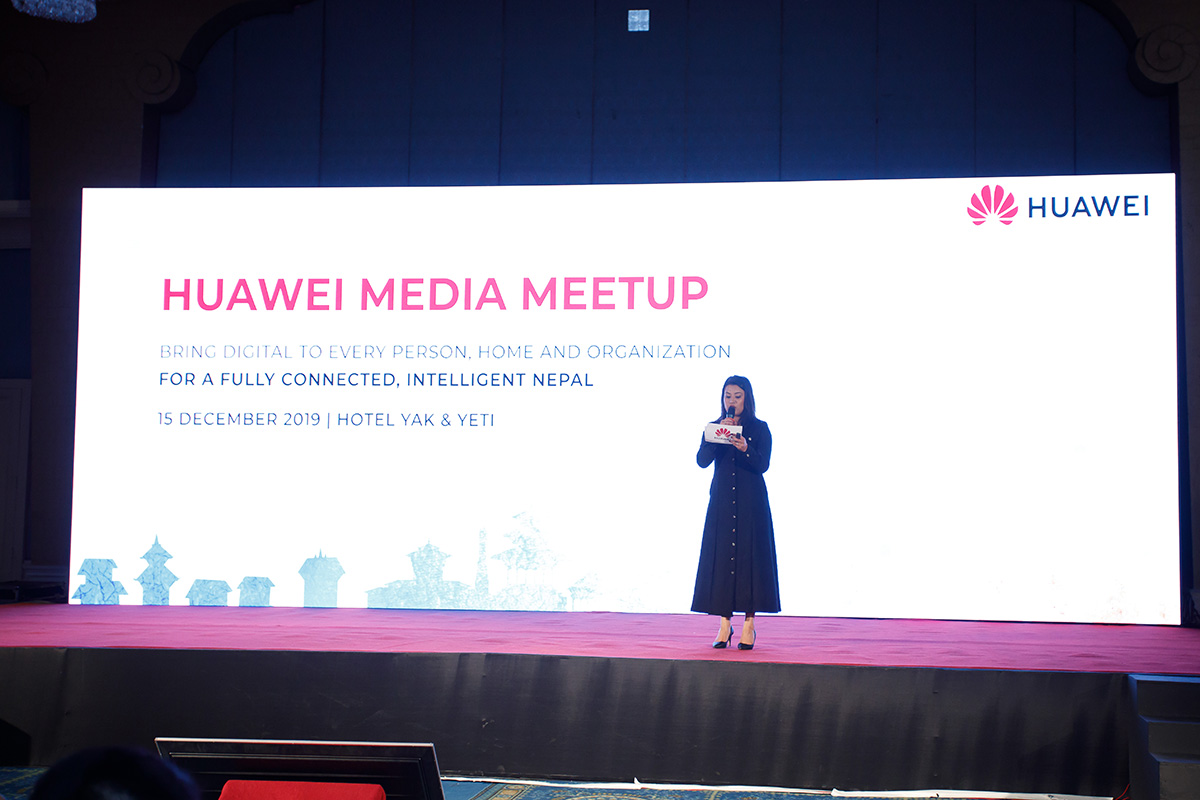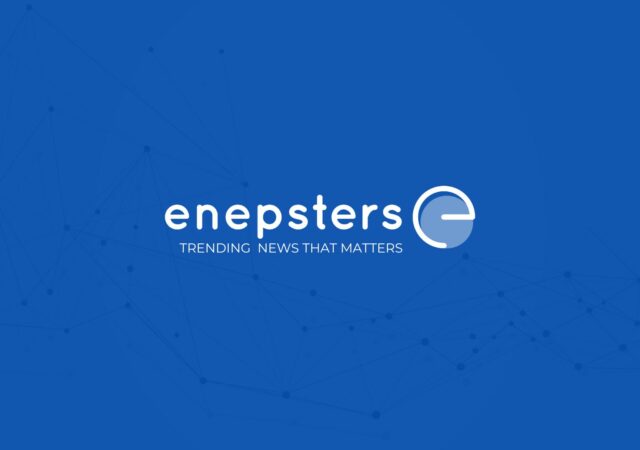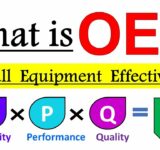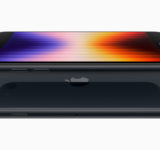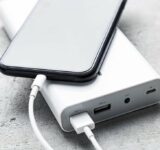Huawei just conducted a Media Meetup in Nepal on the 15th of December 2019 in Kathmandu inviting major media, technology journalists, bloggers, KOLs, smartphone businessmen, as well as app developers. CEO of Huawei Nepal, Mr. Denny Deng welcomed all with a quotation “Bring Digital to every person, home, and organization for a fully connected, intelligent Nepal”. He gave a corporate presentation about Huawei Global and Huawei Nepal local performance.
With a maintained focus over the information, communication, and technology infrastructures as well as smart devices, Huawei has also continuously boosted the efficiency and quality of its operations overtime thereby subsidizing to an increased operational and organizational stability as well as solidified Huawei’s performance in the first three quarters of 2019.
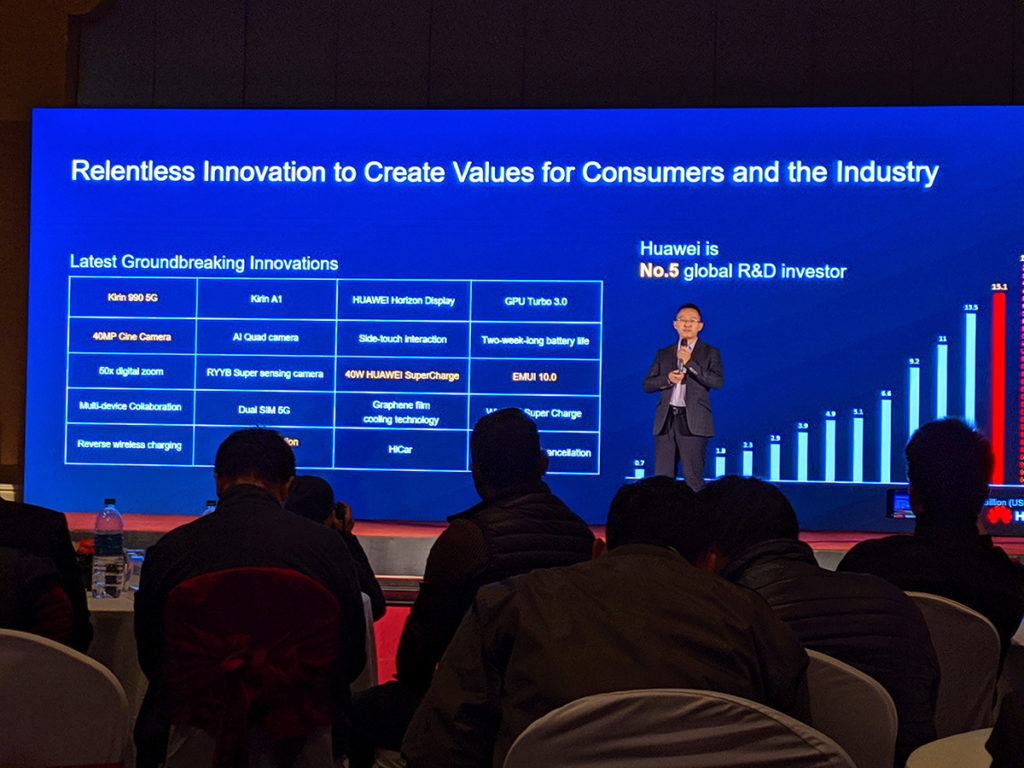
Huawei has generated a revenue of USD 85.6 billion, i.e. a 24.4% increase year-on-year. The company also got more than 60 5G Commercial Contracts all across the globe with above 400,000 5G base stations delivered.
Denny Deng also presented the 20 years journey of Huawei, serving in the Nepalese ICT industry. Since the year 1999, the company has brought 2/3/4G technologies and solutions to Nepal, helping telecom operators to quickly deploy the communication network, including in the remote area, enhancing the quality of telecommunication service, building the physical foundation of “Digital Nepal”.
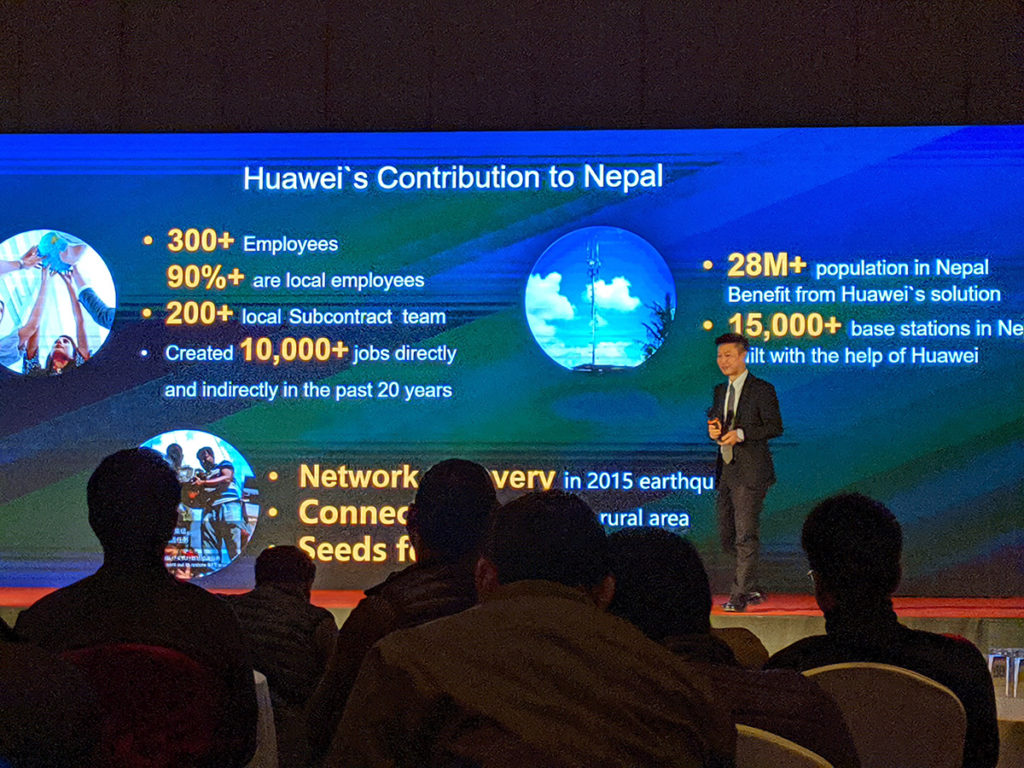
Huawei has been serving more than 28 million people providing different solutions in Nepal. Locally, it created over 10,000 jobs directly and indirectly for the last 20 years.
Similarly, Huawei, in 2020 will launch “Seeds for the Future” to coordinate with Nepal Government and Universities for ICT talents’ selection as well as provide them the opportunities for training programs in China.
In the year 2015, Huawei played a great role in helping the Nepal Government and Telecom operators of Nepal to quickly recover the network after the earthquake. Similarly, it worked with the telecom operators in order to build the wireless base station site in Everest Base Camp that helps to connect the communication blind spot to the outside world completely.
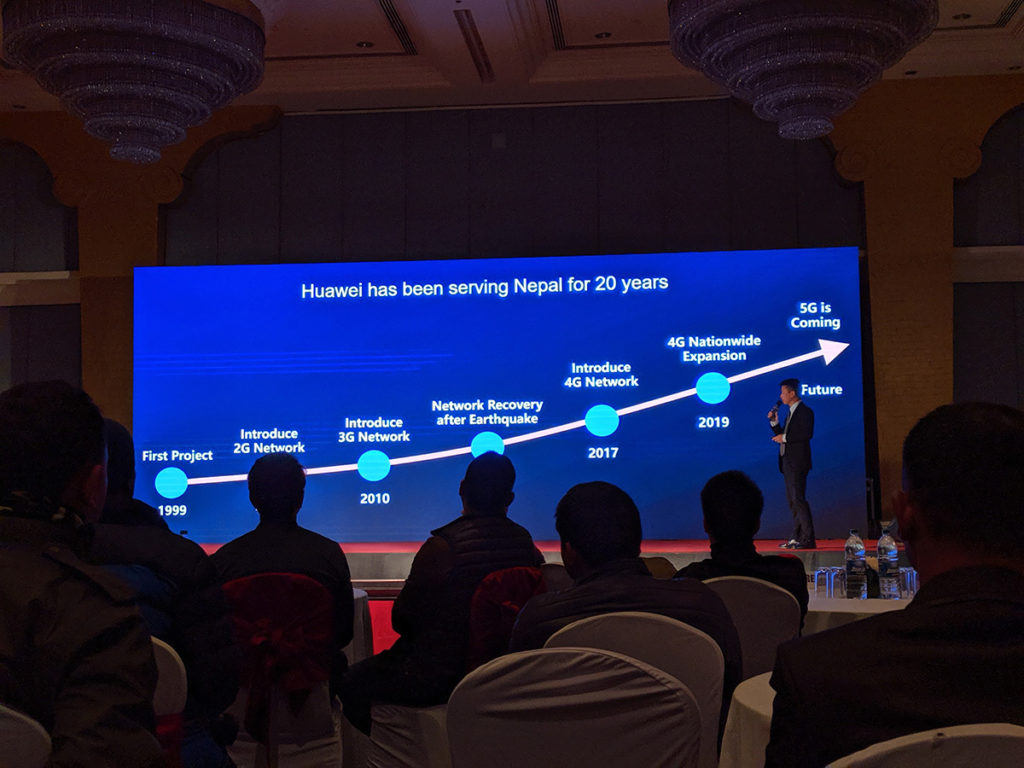
And Huawei promises to dedicate to Nepal in the days to come to bring more technologies including 5G, cloud and AI to help build a better Digital Nepal.
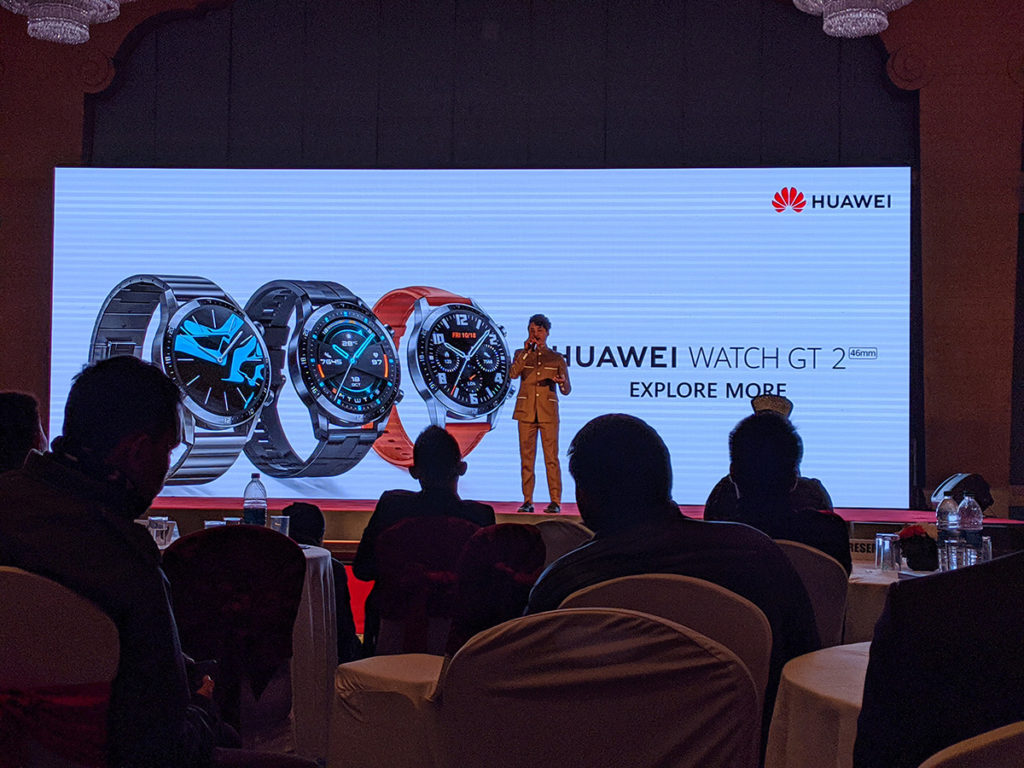
Talks on the Huawei Mobile Services (HMS) were made. HMS is a part of the Huawei Consumer Business Group that looks forward to providing a complete mobile experience to Huawei device users. It’s a set of applications and services from Huawei for its device ecosystem to provide a smarter, faster and better seamless user experience.
The HMS comprises Huawei AppGallery; Browser; Mobile Cloud; Themes; Music; Video; Assistant and more apps such as Huawei ID; Health; Themes; Music; and more.
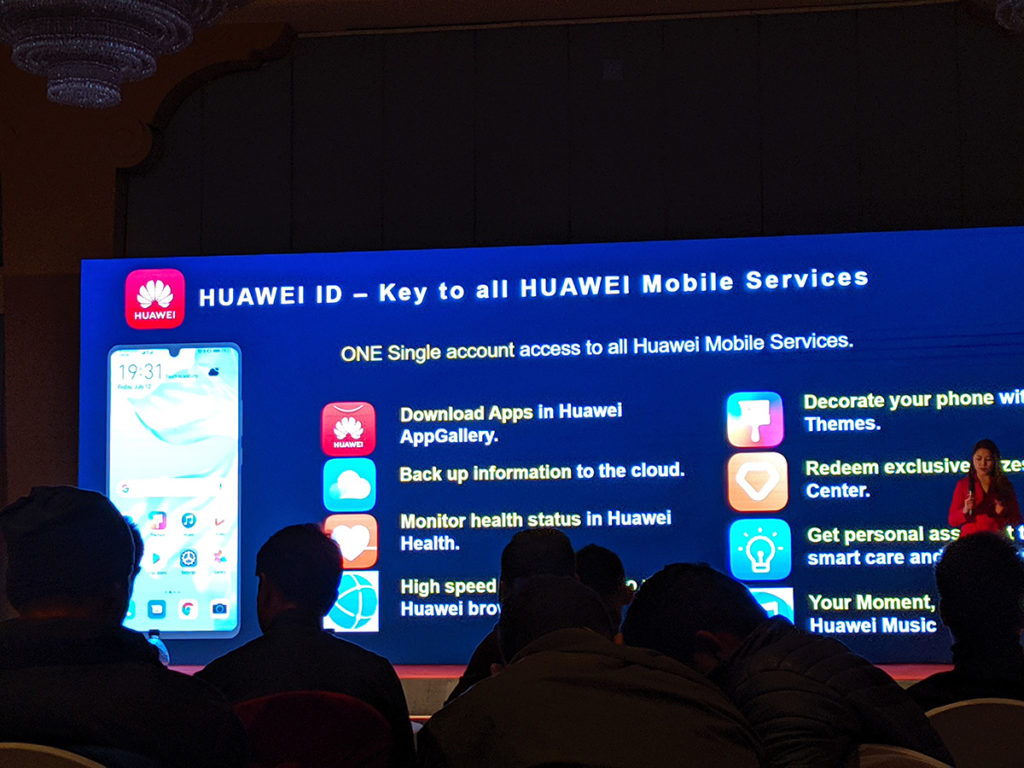
Huawei is possibly all set to invest a sum of USD 3 billion & 3000 R&D staff for the HMS ecosystem within a year. Similarly, it looks forward to increasing the investment to USD 5 billion & 5000 R&D staff for the ecosystem.
The ecosystem seems all ready to continue strengthening the Huawei Mobile Services’ footprint in the global markets. To date, it’s been serving above 570 million global users across 170 nations worldwide. Currently, above 1.07 million global developers have registered with the HMS with more than 50,000 apps already integrated into HMS core helping to create a version of an app, compatible with all the Huawei devices.
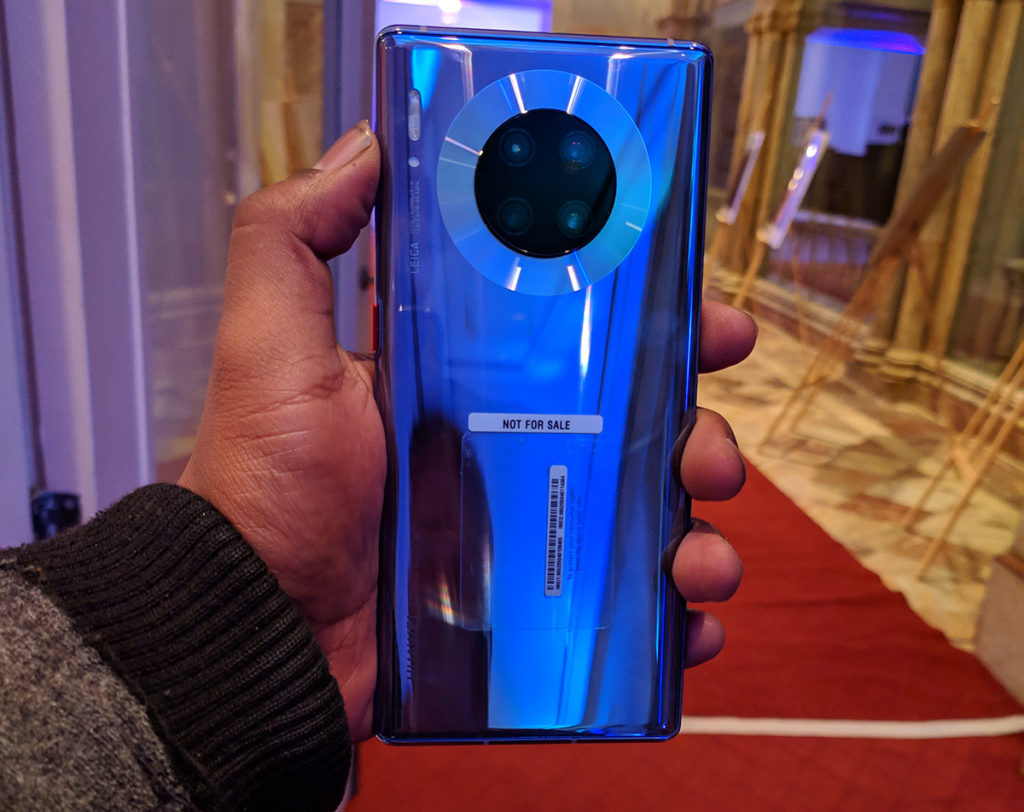
The same event encountered the launch of Huawei’s latest flagship, Huawei Mate 30 Pro in Nepal. The Mate 30 Pro comes with the company’s own Huawei Mobile Service. Huawei also introduces its Y9s smartphone along with wearables including the Watch GT 2, Band 4, Band 4e, Free Buds 3, and FreeLace. It also shared its vision of building an open ecosystem — an-all-scenario that makes it possible for devices to connect seamlessly using its own technologies like Huawei Mobile Service, Huawei devices, 5G networks, and AI-powered apps.
The Huawei Band 4 offers a smart fitness management system to the users characterized by more accurate heart rate monitoring, an auxiliary system covering 9 daily indoor and outdoor exercise modes and features of powerful fitness monitoring, exercise assistant and convenient.
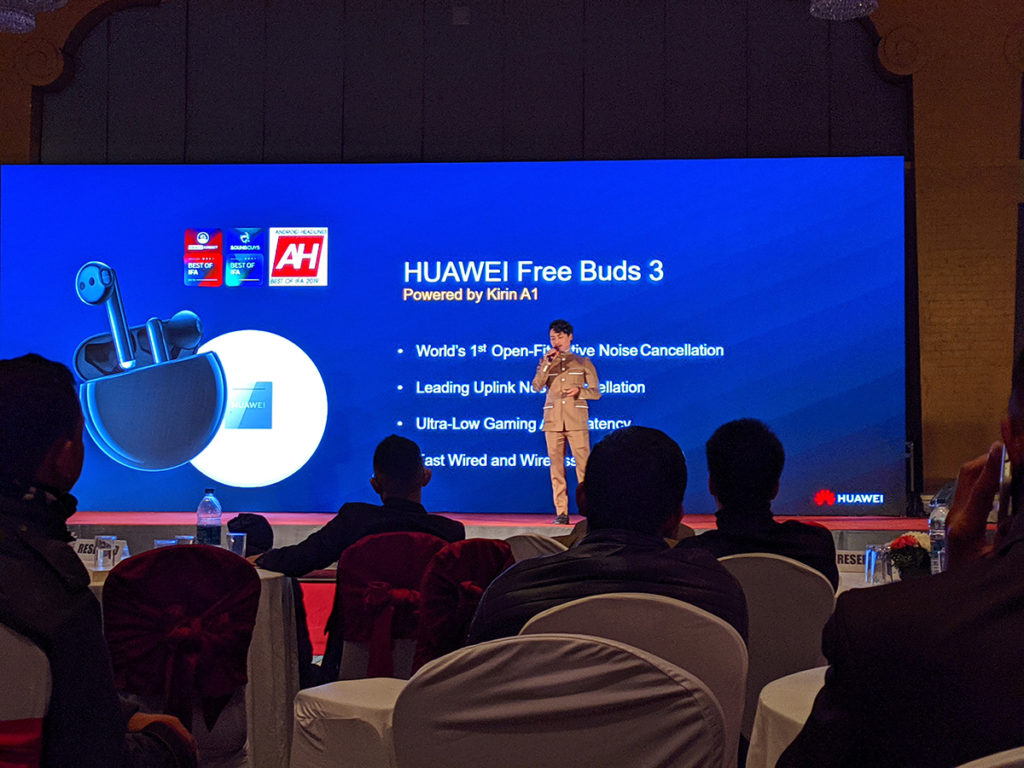
The Free Buds 3 is a true wireless Bluetooth earphone. It won the 11 Best of IFA media awards at the recent IFA consumer electronics show. It’s powered up by the Kirin A1 chipset thus to deliver spectacular music and voice reproduction.
Similarly, the Huawei FreeLace offers users with a great audio experience with long-lasting battery life. It comes with a built-in USB Type-C plug with self-developed HiPair technology. Therefore, once it’s plugged in the phone, the Huawei FreeLace can be paired at once and then gets ready to be reverse charged by the phone in case of an emergency during the workout.
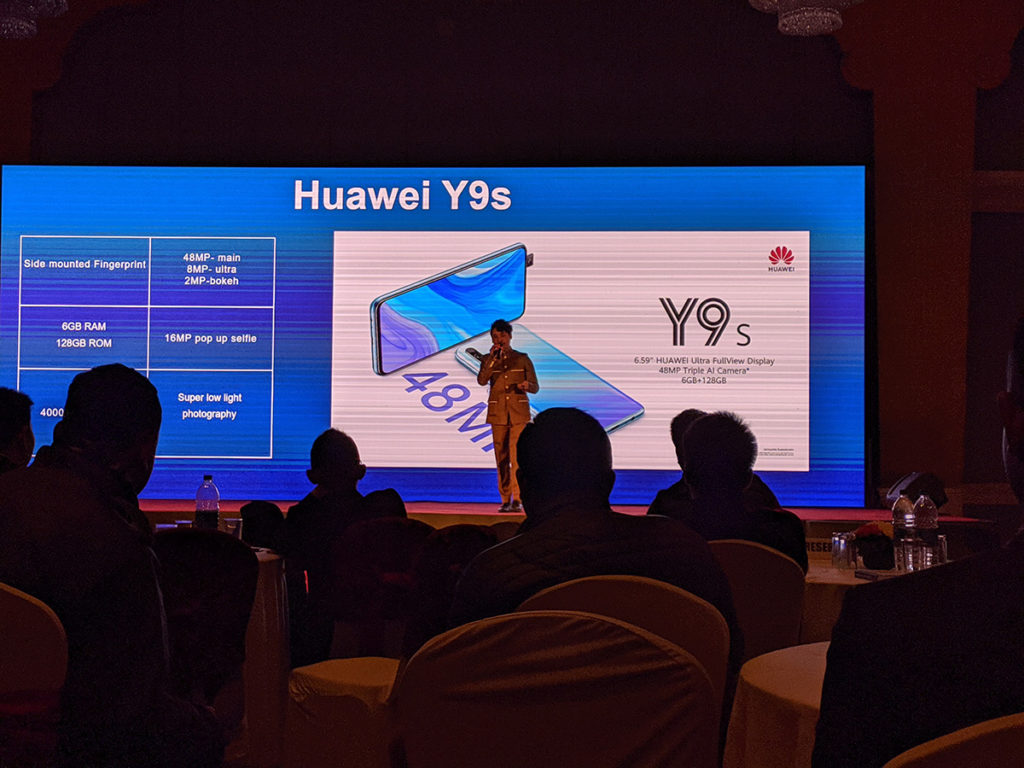
Convoying the Huawei Mate 30 Pro, the Y9s also makes its way to the Nepalese market. It’s an entry-level smartphone, an upgraded Y9 Prime 2019 to be specific and comes with an auto pop-up camera. The Y9s flaunts a modern aesthetic alongside an impressive specifications sheet that includes a 48MP ultrawide AI triple camera as well as a side-mounted fingerprint sensor.
Huawei stands as a number 2 smartphone supplier in the global market with 200 million units shipped as of January-October 2019, i.e. a 26% YOY increment.
Moreover, the Huawei ecosystem products also seem development and have substantially increased – PC + 214%, Tablet + 10%, Smart Audio + 260%, and Wearables by +272%.
Here’s a price list of all the Huawei devices that got launched during the event.
| Product | Price (MRP) |
| Huawei Mate 30 Pro | 1,29,000 |
| Huawei Watch GT 2 46mm | 29,900 |
| Huawei Band 4 | 4,400 |
| Huawei Band 4e | 3,400 |
| Huawei Freebuds 3 | 20,900 |
| Huawei FreeLace | 9,900 |
| Huawei Watch GT 2 42mm | TBD |
| Huawei Y9s | TBD |


